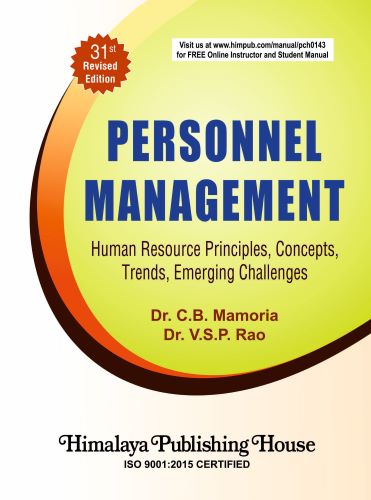In view of persistently growing liberalization of economic system across the world and economic interdependencies, globalization of markets, free flow of capital and knowledge, proliferation and convergence of technologies, interaction among different financial systems of different countries, overcapacity in capital intensive industries, an unstable oil cartel, fast changing demographies of the workforce, tectonic change in personal, social, familial values of people and rapidly moving customers’ taste have rendered global business scenario much more volatile and competitive. Business that were immune to global competition only a few years ago now find themselves locked in fierce and ferocious competition battles from around the world. Coping with these developments and achieving sustainable competitive prowess demand transformational changes in approach to managing business strategies and effectuating these strategies. This is not possible without change in structure and culture. Strategy-structure fit as also strategy-culture fit are imperative for bringing about the desired change in the organization. Creation of such congruence is the major responsibility of corporate managers who have to be multivalent and play the role of a transformational leader and display new templates of leadership to influence the behaviour of the people to achieve the desired results. Organizations have to manage multinational business on an integrated, world-wide basis and not as a loosely knit federation of subsidiaries.
The revision of the present text is the outcome of the aforesaid developments with the basic objective of providing learners a comprehensive understanding of new concepts, approaches, skills and techniques which can aid organizations in gaining competitive advantage on enduring basis. Besides comprehensively revising all the chapters in the context of the major changes witnessed in recent years in international environment, as many as eleven new chapters have been added so as to make the text more relevant in todays’ and tomorrows’ context.
The present revised text, the authors believe, will prove to be an invaluable guide to managers on how to craft a strategy and implement it in order to achieve sustainable competitive edge over the rivals. To educators of future managers this text will be extremely useful in getting exposure to new concepts, approaches, paradigms and tools involved in managing international business in brutally competitive scenario which will, in turn, help in developing skills of integrating many ideas on global strategy and discussing real life case studies with the budding managers.
Contents –
SECTION I – INTRODUCTION
1. Managerial Approach to International Business
2. Nature and Dimensions of International Strategic Management
3. Developing Strategic Management Model for an International Firm
4. Elements, Functions and Significance of International Strategic Management System
5. New Paradigms of Managing International Business
6. Corporate Governance in International Business
SECTION II – ENVIRONMENTAL SCANNING BY AN INTERNATIONAL FIRM
7. Recent Developments in Global Business Scenario
8. Scanning Environment for an International Firm
9. Corporate Appraisal for an International Firm
10. Synergistic Analysis for an International Firm
11. Core Competence of an International Firm
12. Value Creation and Competitive Advantage
SECTION III – STRATEGY MAKING PROCESS IN AN INTERNATIONAL FIRM
13. Setting Corporate Objectives for an International Firm
14. Developing Competitive Strategy for an International Firm
15. Formulating Corporate Strategy for in International Firm
SECTION IV – MAKING STRATEGIC DECISIONS FOR AN INTERNATIONAL FIRM
16. Choosing Product / Service Offering for Offshore Countries
17. Choosing Cross Frontier Countries
18. Choosing Mode of Entry in Cross Border Countries
19. Making Acquisition Decision Across the Country
20. Strategy and Corporate Social Responsibility
21. Ethics in International Business
SECTION V – FORMULATING FUNCTIONAL STRATEGIES FOR AN INTERNATIONAL FIRM
22. International Marketing Strategy
23. International Operations Strategy
24. International Technological Strategy
25. International Financial Strategy
26. International Human Resource Strategy
SECTION VI – IMPLEMENTATION OF STRATEGY
27. Strategy Implementation
28. Management of Change
29. Managing Organizational Structure
30. Organizational Culture and Strategy Implementation
31. Strategy Implementation and Leadership
32. Controlling Offshore Operations






